Among the myriad of dermatological problems, acne is perhaps the most common. Both teenagers and adults often complain about the presence of acne and want to get rid of this kind of imperfections by any means, not always understanding what kind of acne bothers them. And this is a big mistake. Turning to a dermatologist, the patient can be sure that the doctor will accurately determine the type of acne and select the right treatment. But those who want to get rid of acne without the help of a professional have to rely on their knowledge. Therefore, estet-portal.com will help you understand the types of acne and tell you which treatment methods will be most effective in getting rid of each of them.
Types of acne: two main groups
Acne (acne) occurs when the hair follicles are clogged with sebum (sebum) and dead skin cells. This is due to increased secretion of sebum (hypersecretion) and excessive growth of cells in the stratum corneum of the skin (hyperkeratosis). The emerging environment is an excellent breeding ground for bacteria, including Propionobacterium acnes, whose waste products irritate the skin and lead to inflammatory reactions characterized by redness, suppuration.
Acne (acne) occurs when the hair follicles are clogged with sebum (sebum) and dead skin cells.
The most common cause of acne is hormonal changes, an important factor in the development of the disease is also a genetic predisposition. Diet and sun exposure also play a role in the severity of acne, although in most cases it is not the underlying cause.
In general, there are two main groups of acne, which include all types of acne:
- non-inflammatory;
- inflammatory.
Non-inflammatory acne (closed and open comedones)
It is worth noting that absolutely all types of acne at the initial stage have the form of microcomedones, which over time can spontaneously disappear or transform into closed and open comedones.
- Open comedones, also known as blackheads, are clogged follicles that are not covered by skin. That is, the pore is filled with sebum, which darkens as a result of oxidation.
You can get rid of this type of acne on your own. To do this, choose cleansers containing salicylic acid (or beta-hydroxy acid) – they deeply cleanse the pores. It is not recommended to squeeze out blackheads on your own!
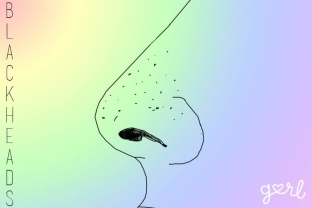
- Closed comedones, also called whiteheads, are clogged pores covered by a thin layer of skin. Unlike black dots, they rise above the surface of the skin in the form of tubercles. It is also not worth resorting to squeezing out whiteheads. At home, you can regularly use scrubs to help remove dead skin cells. You can also contact a beautician with this problem, the doctor can recommend soft peels and make a plan for proper skin care.
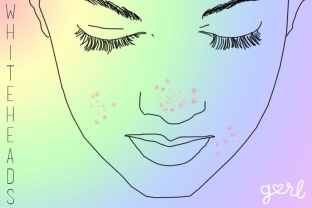
Inflammatory acne (papules, pustules, cystic acne, nodules)
Types of acne, which belong to the inflammatory group, are much more difficult to deal with alone than with non-inflammatory elements. Therefore, estet-portal.com recommends that you contact a dermatologist if you have such types of acne. Of course, if we are talking about a few pimples on the face, you can do without professional help, but in case of a larger problem, it is better to contact a specialist.
Inflammatory types of acne include:
- Papules that appear when the walls of the follicle are damaged, which the body tries to repair with white blood cells. The result of such processes is inflammation, and the papules themselves turn red and become painful when touched. Removal of inflammation – one of the main tasks in the appearance of inflammatory acne, including papules. Soothing masks, green and white tea extracts – You can use these products at home. As for topical preparations and procedures that will help get rid of papules, they will be prescribed by a dermatologist after diagnosis.
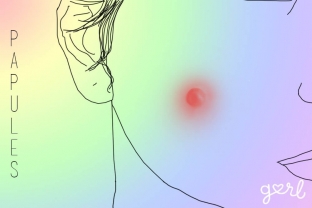
Types of acne that belong to the inflammatory group are much more difficult to deal with alone than with non-inflammatory elements.
- Unlike a papule, a pustule is filled with pus, that is, white blood cells begin to work no longer under the surface of the skin, but above it. Pustules are also very painful, they are quite difficult to hide with makeup, because their presence is the cause of serious psychological discomfort. Like other types of acne, papules should not be squeezed out on your own – scars may appear in their place, which will be difficult to get rid of. Topical preparations with benzoyl peroxide or antibacterial ingredients such as sulfur may be helpful in this case. However, don't forget to moisturize after applying them as they dry out the skin.
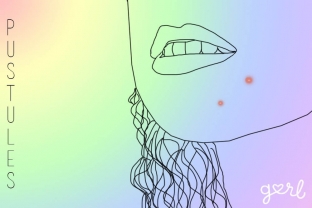
- Cystic acne looks and feels like pustules, but is larger and more likely to scar after removal.
For more information about this type of acne, read the article: 3 causes of cystic acne
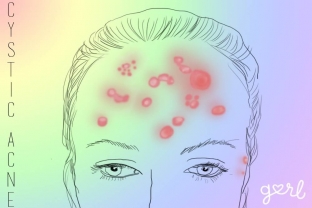
- Nodes also differ from papules in greater depth and size.
With acne, presented in the form of nodules or cystic acne, it is better to immediately, without hesitation, contact a dermatologist. To accurately determine the cause of the appearance of data and other types of acne, it may also be necessary to consult an endocrinologist and / or gynecologist (to exclude or confirm the hormonal nature of the disease).
For severe cases of acne, treatment is tailored to the individual and may include:
- application of topical products (creams, ointments, etc.);
- taking medications (birth control pills, antibiotics, etc.);
- chemical peels;
- hardware procedures (e.g. laser therapy);
- drainage (in case of large cystic acne);
- diet.
In addition, a dermatologist can help you find the right skin care products to help prevent or reduce the severity of various types of acne.






Add a comment